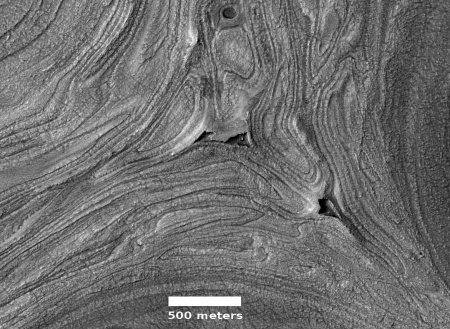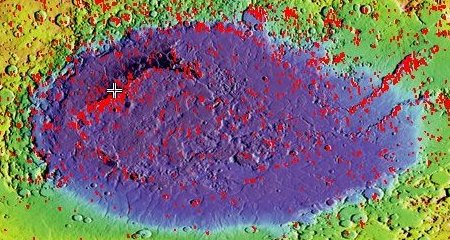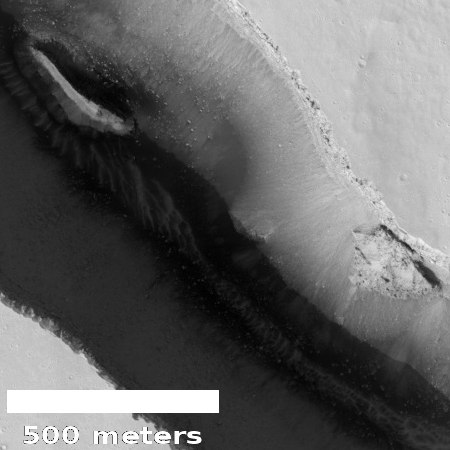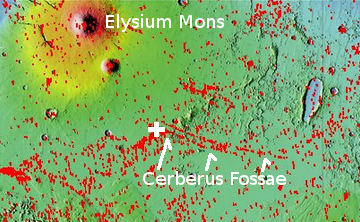Senate committee demands FBI explain whistleblower raid
The Senate Judiciary Committee has demanded the FBI answer some questions about its raid of a whistleblower’s home in November.
This is nice, but the reality is that, as far as I can tell, the FBI is now a rogue agency, working for the Democratic Party in defiance of the law, the Trump administration, and Congress. Consider for example the article’s closing paragraphs:
The raid on Cain’s house was permitted by a court order issued by federal magistrate Stephanie A. Gallagher in the U.S. District Court of Maryland for Baltimore. The court order and all the documents justifying the raid are sealed and not available for public viewing.
On Nov. 30, The Daily Caller News Foundation (DCNF) requested that Gallagher unseal the affidavit and any other documents that served to justify the raid. The court has not yet responded to the DCNF. The FBI did not respond to a request for comment. The IG declined to comment.
The weak response by the Trump administration to their behavior these last two years has taught them they can act with arrogance without fear. For example, why has Trump done nothing about this? He is by law (which in this case is the Constitution, the highest law in the land) entirely in charge of the FBI and what it does.
The Senate Judiciary Committee has demanded the FBI answer some questions about its raid of a whistleblower’s home in November.
This is nice, but the reality is that, as far as I can tell, the FBI is now a rogue agency, working for the Democratic Party in defiance of the law, the Trump administration, and Congress. Consider for example the article’s closing paragraphs:
The raid on Cain’s house was permitted by a court order issued by federal magistrate Stephanie A. Gallagher in the U.S. District Court of Maryland for Baltimore. The court order and all the documents justifying the raid are sealed and not available for public viewing.
On Nov. 30, The Daily Caller News Foundation (DCNF) requested that Gallagher unseal the affidavit and any other documents that served to justify the raid. The court has not yet responded to the DCNF. The FBI did not respond to a request for comment. The IG declined to comment.
The weak response by the Trump administration to their behavior these last two years has taught them they can act with arrogance without fear. For example, why has Trump done nothing about this? He is by law (which in this case is the Constitution, the highest law in the land) entirely in charge of the FBI and what it does.




